How to implement Design Thinking?
“How do we implement Design Thinking in our organization?” Many corporations have to deal with this question nowadays. Often management has put Design Thinking already on its agenda. The pattern we see is the following: After a few members of the organization have experienced innovative sparks triggered by a Design Thinking workshop, very soon thereafter plans are made to roll out Design Thinking to the whole corporation.
Digital transformation with Design Thinking
20 years after the rise of the Internet digitalization is putting a lot of pressure on many organizations to change their ways of working. Habitual work modes, processes and structures seem to be too slow and ineffective considering the speed the Internet is swirling.
Design Thinking can clear the path for your digital transformation by bringing you new ideas and innovation necessary for the Digital Age.
Apart from Design Thinking, there are other methods like Lean Startup and Scrum as new ways of working that gained a strong interest in light of digitalization. Design Thinking has a strong focus on empathy with potential users, ideation and prototyping. Lean Startup builds on insights based on measurable experiments to validate hypotheses about all building blocks of the business model. And Scrum is supporting self-organization and continuous improvement of teamwork and its organizational context. They all have in common, that they regard customer-centric work, self-organized teams and iterative, empirical processes as success factors to create digital products. The other side is marked by traditional ways of working in corporates, that have their origin in the Industrial Age, focussing very much on efficiency. Their path to efficiency was the functional separation into departments, each of them controlled and steered by managers. Until today, they are reflected by the silo structures and rigid processes of big organizations. How will these organizations manage to anchor iterative, team-based ways of working like Design Thinking in their culture?
Design Thinking is a question of organizational culture
Edgar Schein’s model of organizational culture differentiates three levels of organizational culture: At its surface culture can be experienced by artifacts like symbols and rituals. Hidden underneath are shared espoused values that influence the behavior. And at the deepest level, it features assumptions about social norms. They constitute the “world view” of the organization. All three levels make part of the complex social system called “organization”. They influence each other and cannot be fully controlled. Espoused values and assumptions can be influenced indirectly, and it needs a lot of time to change them, if possible at all. Only the visible artifacts of an organizational culture can be influenced by design directly.
So if you like to roll out Design Thinking to support digital transformation by new ways of working you should start to create artifacts that trigger an innovation culture. That’s why it’s counterproductive to introduce Design Thinking inside the logic of the existing culture.
Annie Kerguenne from the D-School Potsdam points out, that Design Thinking is not only a process, it’s foremost a mindset, that is built on a set of principles: On the strategic level it requires system thinking, storytelling and the ability to think in analogies. Collaboration is grounded on the space, cross-functional teamwork and empathy for users. And for the development of innovative products and services capabilities such as prototyping, iterative work style and problem analytics are crucial.
Hacking Design Thinking
Design hacks form an effective lever to establish Design Thinking-principles in an organization. Design hacks are artifacts on the way to an organizational culture that embraces innovation, triggering to question existing ways of working and to try out elements of Design Thinking. Some examples are the reuse of hallways or canteens as pop-up innovation lab spaces, user safaris, tool breakfast sessions, blanco personas, warm-up rituals in meetings, tool boxes to support creative work, booklets for design thinking coaches, tool card sets, prototyping materials or broadly communicated success stories.
The establishment of Design Thinking-principles in an organization cannot be planned in advance in every detail. Rather it requires an iterative approach that is grounded on experiments with design hacks and that - dependent on their impact - develop an appropriate practice emergently. That’s why Design Thinking should be applied to itself to design an implementation program in iterations that features a set of tailor-made design hacks matching the needs of employers and stakeholders of the organization.
Six tips for implementers of Design Thinking
Ok, but where to start? I’d like to finish with six tips for everybody who has to implement Design Thinking for the first time.
Apply Design Thinking to itself, to design the measures of your implementation program. Develop empathy for the different users of Design Thinking and create some personas.
Take Design Thinking as a mindset for user-centric problem solving, that follows some principles as described above. Let people experience these principles in many small Design Hacks.
Combine Design Thinking with Agile frameworks like Scrum or Lean Startup. To get across their purpose, connect these frameworks with internal communications of the digital vision of your organization.
Set up your implementation project in an agile way. Create small experiments with prototyping. Test, evaluate and improve these before you roll out measures on a broad scale.
Identify early adopters and innovators in your organization. Concentrate on cross-functional work with this group, to create a network of evangelists for innovation.
Generate success stories. Apply Design Thinking to smaller, though highly visible projects first, before you apply Design Thinking for the more risky core processes of your corporation.
I’m looking forward to your experiences and comments.

